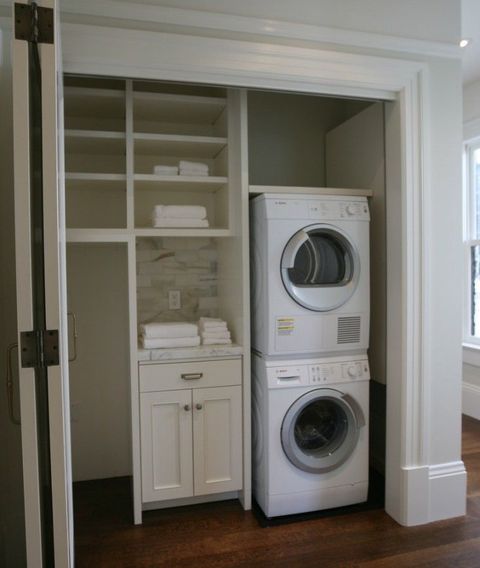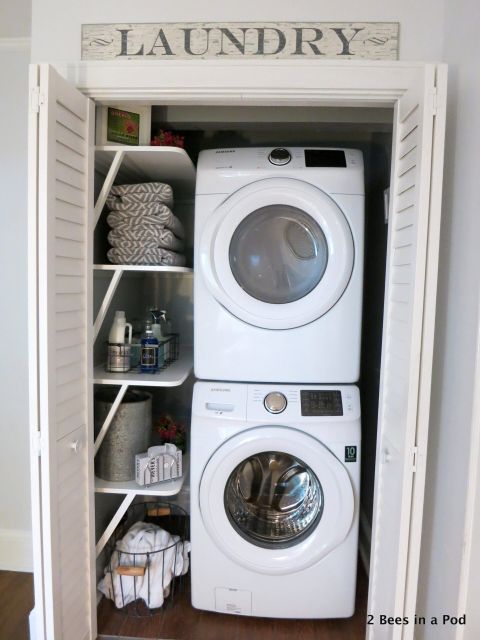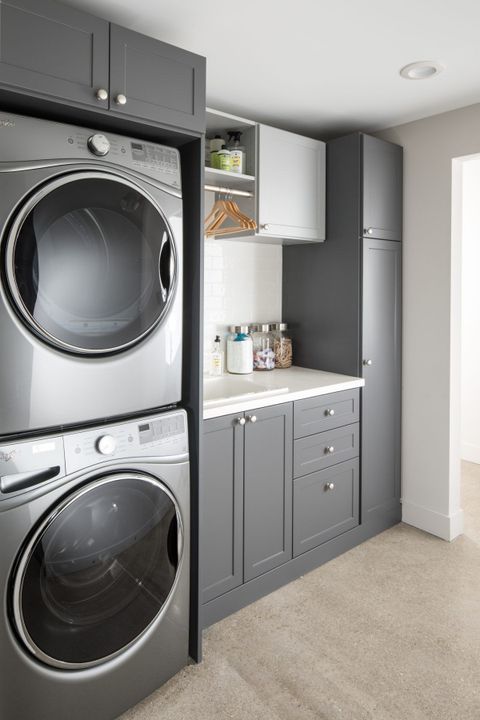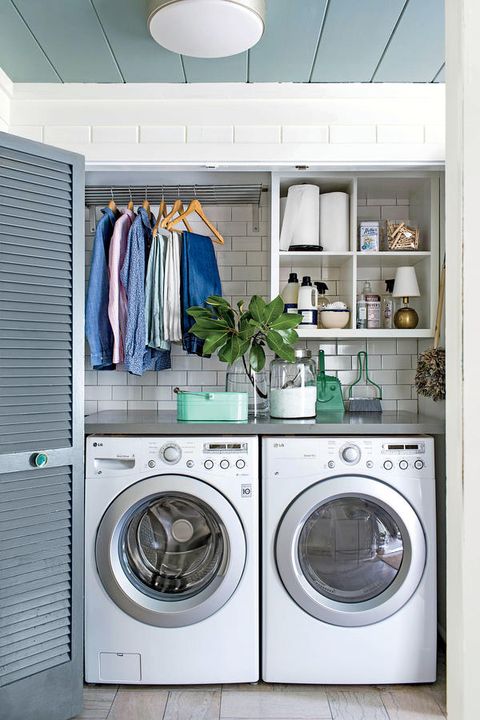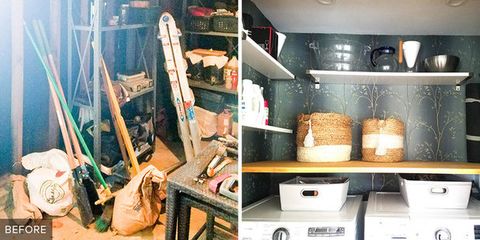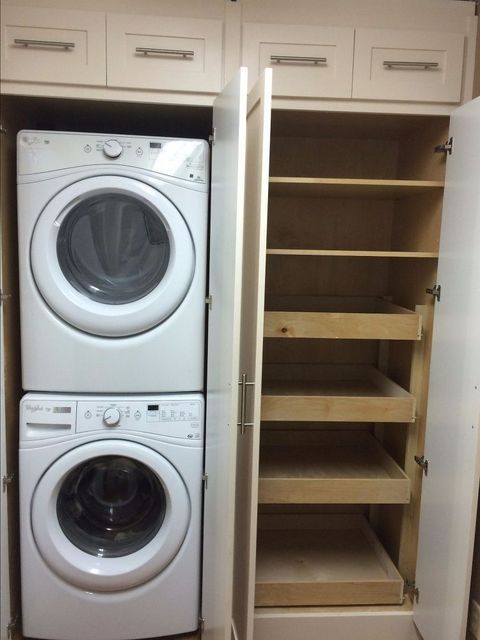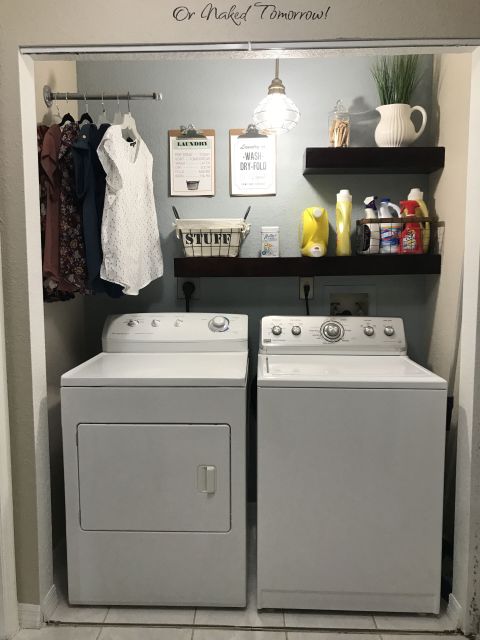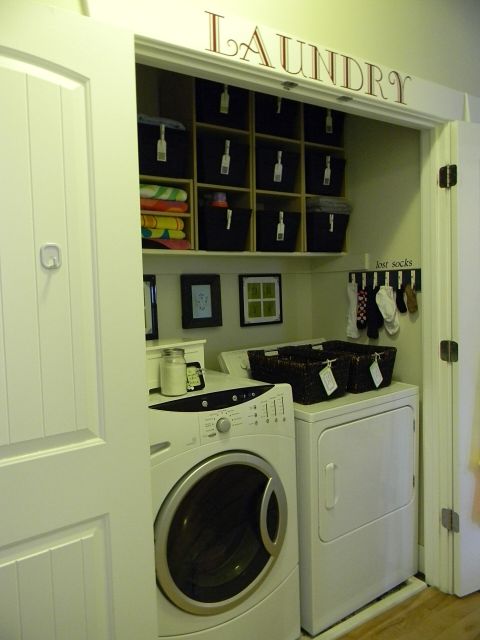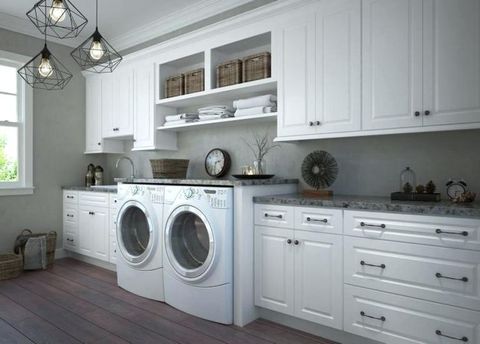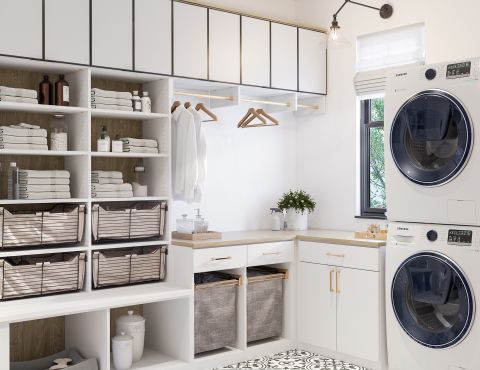When you think about a laundry room, you probably picture a place for washing and drying clothes. Simple, right? But in California, even the most basic upgrades can turn into surprisingly hefty investments. We’re not just talking about appliances here; there’s a whole ecosystem of factors that contribute to project costs, especially when you’re looking at a space as small as a closet. Let’s get real about what an $11,400 laundry closet project actually entails.
Picture this: you need to revamp your laundry closet. Maybe the old hookups are outdated, or you just want a more functional space. You might think, ‘How much can a closet cost?’ Well, if you’re in California, the answer might just make your jaw drop. An $11,400 price tag for what seems like a minor update can feel utterly baffling. But is it really just about the washer and dryer? Not at all. This figure, while sounding astronomical, often reflects a complex interplay of labor, materials, permits, and the unique economic landscape of the Golden State. Let’s dive into why this seemingly small project can demand such a significant sum.
The Foundation: Plumbing and Electrical Work
Before any fancy cabinets or new flooring go in, there’s the essential, and often costly, groundwork. For a laundry closet, this means ensuring proper plumbing for water supply and drainage, and adequate electrical circuits for your machines. In California, labor costs for skilled tradespeople – plumbers and electricians – are premium. They need to be licensed, insured, and experienced. If existing hookups aren’t up to code or need relocating, that’s more time and expertise. Think about the permits required just to do this work. The state and local municipalities have regulations to ensure safety, and those inspections add to the bill. It’s not just about connecting pipes and wires; it’s about doing it right, safely, and according to strict building standards. Sometimes, you might even need to upgrade your main water or electrical lines, which can be a substantial undertaking on its own.
Materials Matter: Beyond the Appliances
Sure, the washing machine and dryer are a big chunk of the budget, but they aren’t the only materials. We’re talking about cabinetry for storage, countertops (yes, even in a closet!), flooring that can withstand moisture, lighting, ventilation, and perhaps even soundproofing. In California, the cost of building materials is generally higher due to demand, shipping, and environmental regulations. Opting for custom-built cabinets instead of off-the-shelf options? That adds significant expense. High-quality, water-resistant flooring? More dollars. Even the paint you choose might be specialized for damp environments. And let’s not forget the hardware – smart, efficient vents and durable fixtures all add up. It’s a cascade of small expenses that, when aggregated, form a substantial portion of the total.
Labor: The Unseen Giant in the Budget
This is often the most significant cost driver, especially in California. The demand for skilled labor is incredibly high. General contractors, project managers, plumbers, electricians, tilers, painters – they all command competitive wages. A project like this, even if it’s just a closet, requires a coordinated effort. Someone needs to plan the project, schedule the different trades, oversee the work, and ensure everything is done to a high standard. This project management aspect is crucial, and it’s reflected in the labor costs. Furthermore, the time it takes to complete the job is directly tied to labor expenses. A complex plumbing reroute or intricate tile work will naturally take longer and thus cost more in terms of man-hours. It’s not just about paying for someone’s time, but for their skill, experience, and the meticulousness they bring to the job.
Permits and Regulations: The California Factor
California has some of the most stringent building codes and permitting processes in the country. Any significant remodel, even within a closet space, often requires permits. This involves submitting plans, undergoing inspections at various stages, and paying fees. These aren’t just bureaucratic hurdles; they’re designed to ensure safety and compliance. However, they do add to the overall project cost and timeline. Contractors factor in the time and effort required to navigate these regulations. If your project involves structural changes, electrical upgrades, or extensive plumbing modifications, permits are almost certainly a necessity. Skipping them can lead to much larger problems and expenses down the line, including fines and the need to redo work.
Unexpected Issues: The ‘While We’re In There’ Syndrome
Renovations, even small ones, have a funny way of uncovering hidden problems. You open up a wall to reroute a pipe, and suddenly discover dry rot or outdated wiring that needs immediate attention. In an older California home, this is particularly common. The $11,400 figure might also include a contingency for these ‘while we’re in there’ moments. A good contractor will build this buffer into the estimate to avoid going back to the client for more money mid-project. It’s a responsible approach to project management, but it does contribute to the initial perceived high cost. Addressing these unforeseen issues promptly is crucial for the longevity and safety of the renovation, but it inevitably impacts the budget.
Aesthetics and Functionality: Elevating Beyond Basic
Why would a laundry closet cost so much if it’s just about function? Because people often want more than just a place to wash clothes. They desire a space that’s organized, aesthetically pleasing, and highly functional. This means investing in features that improve the user experience. Think custom shelving, integrated hampers, a small folding counter, stylish lighting, or even a dedicated space for detergents and supplies. These aren’t strictly necessary for a machine to run, but they transform a utilitarian closet into a more enjoyable and efficient part of the home. In California, where home aesthetics are often highly valued, homeowners are willing to invest in these upgrades, driving up the cost for a more polished and personalized result.
So, that $11,400 laundry closet project in California? It’s not just about the appliances. It’s a sum that encompasses skilled labor, premium materials, essential plumbing and electrical upgrades, permitting processes, potential unforeseen issues, and the desire for enhanced functionality and aesthetics. While it might seem steep, understanding these components reveals that such a price tag, though eye-watering, is often a realistic reflection of undertaking a renovation in a high-cost, highly regulated environment. It’s about ensuring a safe, durable, and well-designed space that meets modern standards and homeowner expectations. It’s an investment, plain and simple, in a crucial part of your home’s infrastructure and daily living.

